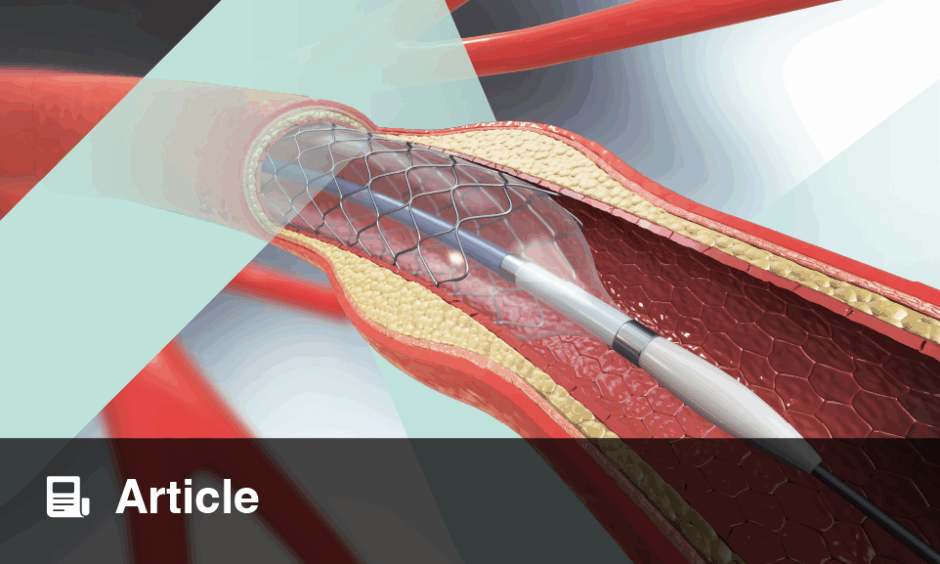Abstract
The increasing sophistication of vascular stent design, especially devices that combine mechanical support with local drug delivery to the vascular wall, has resulted in major progress in the management of coronary and peripheral artery disease. This progress is reflected in expanded anatomical and clinical indications for stent angioplasty, with complementary reduction in bypass surgery rates and decreased need for target-lesion revascularisation. Nevertheless, even with second-generation drug-eluting stents (DES), the most common cause of stent failure, in-stent restenosis, while <10%, generates high numbers of cases due to the large scale of stent use (there are >1 million stent angioplasty procedures yearly in the USA alone). Gene-eluting stents (GES), the next generation of stent devices now in the preclinical phase of development, have evolved over the past two decades around the concept of localised vessel wall delivery of gene vectors attached to the stent struts. GES potentially provide several important advantages over DES, such as prolonged or even permanent anti-restenotic effect, capacity to deliver dissimilar impact on smooth muscle cells and endothelium, and fine-tuning of transgene expression and pharmacological effect with systemically administered therapeutics. Furthermore, GES can be used for treating non-occlusive lesions with the aim of slowing the underlying atherosclerotic process in the vessel wall. GES research at this time is concerned with achieving effective and safe transgene overexpression in the stented arteries, optimal vector choice, and proper techniques for vector immobilisation on the stent struts.
Please view the full content in the pdf above.








